If you’re only brand new to the wonderful world of ammunition, you’ll likely have encountered — and been baffled by the meaning of — the “+P” suffix on some ammo. What is +P ammo?
Some common examples are: 9mm +P, 45 ACP +P, 38 Special +P, et cetera.
You’ll wonder what makes +P ammo so much “plus-ier,” which firearms you can use it with, and whether you should even bother with it.
Good news: After you’ve read this short article, you’ll get an A+ on any +P ammo test you could be given.

What is +P Ammo?
+P ammo is overpressure ammo. Quite simply, manufacturers load +P rounds to higher internal pressures than their specifications traditionally call for. This means upon ignition the load creates a significantly higher chamber pressure. As a result, the cartridge launches its bullet out of the muzzle faster than a standard load could.
There is a group called the Sporing Arms and Manufacturers Institute (SAAMI). This group coordinates technical data and sets standards to ensure safe firearm use. In other words, SAAMI sets the standard for size and loaded pressure in ammo. Reputable ammo makers will work to meet those standards.
What Do You Use +P Ammo For?
The big ammo companies make +P ammo almost exclusively for self-defense use. Typically, greater muzzle velocity delivers more of what some shooters refer to as stopping power. Shooters generally want more energy from a bullet when trying to neutralize a threat so the +P load makes sense.
A faster bullet also maintains a flatter trajectory in flight. This can benefit accuracy. You will have to compensate for relatively greater recoil while firing a +P round, however. So, it might be harder to get follow-up shots on your target reliably.
Should You Use It for Self-Defense?
If you would feel more confident with its boosted performance at your disposal, by all means, do. Just keep a couple of caveats in mind.
First, added pressure can inflict accelerated wear and tear on a firearm’s moving parts, which a semi-automatic has more of than a revolver. You’re better off not training with +P ammo if your weapon’s longevity is a concern.
Second, you must absolutely be certain your firearm is rated to handle the greater chamber pressure that a +P load generates.
Look for a “+P” stamped on its barrel or frame, check with its manufacturer, read the documentation that it came with, or consult an expert. While firing a +P round in a firearm that isn’t rated for it isn’t likely to blow your fingers into different area codes, it could destroy the firearm. That’s a bummer too.
Firearms are expensive, and we would rather you spend your money on ammunition than a replacement for a weapon that you could have avoided destroying!
+P Versus Standard Pressure Ammo
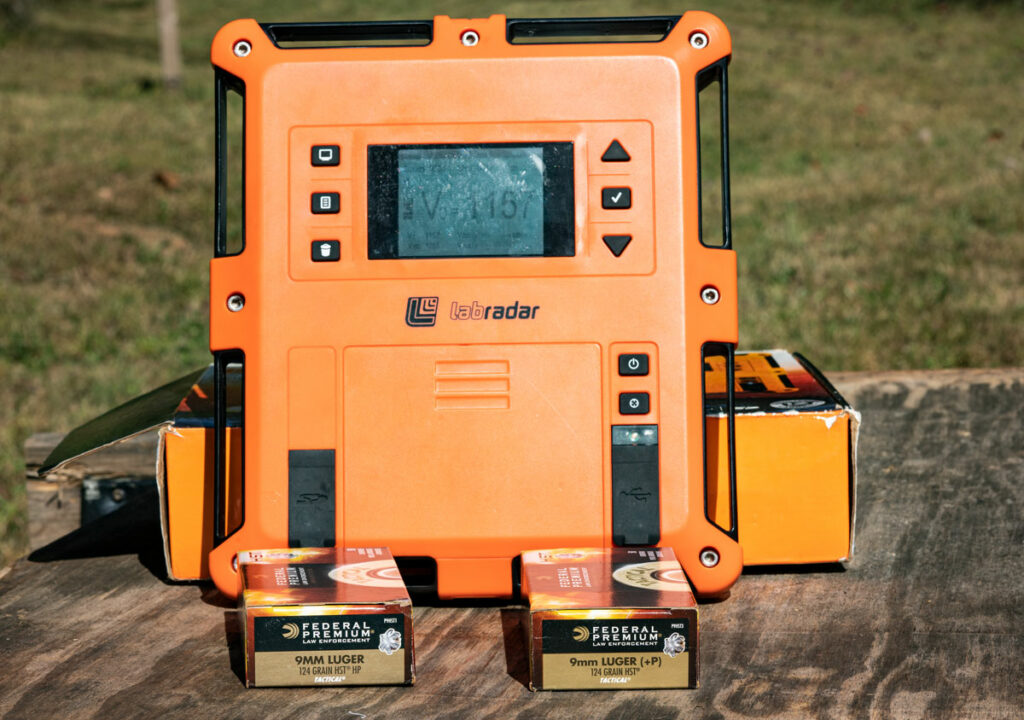
To get a sense of exactly what +P ammo is, let’s compare two common rounds. With a chronograph at a controlled shooting range, we fired Federal HST 9mm ammo in both their standard load and their 124 grain +P HST load.
We fired 5 rounds of each load with a Glock 17. The graphic below gives you the raw data but a summary is what is most important.
The +P ammo delivered an average of 30 feet per second more in muzzle velocity. That’s roughly a 3% difference. Considering all other variables are the same and what’s at stake with self-defense ammo – that 3% might be vital.
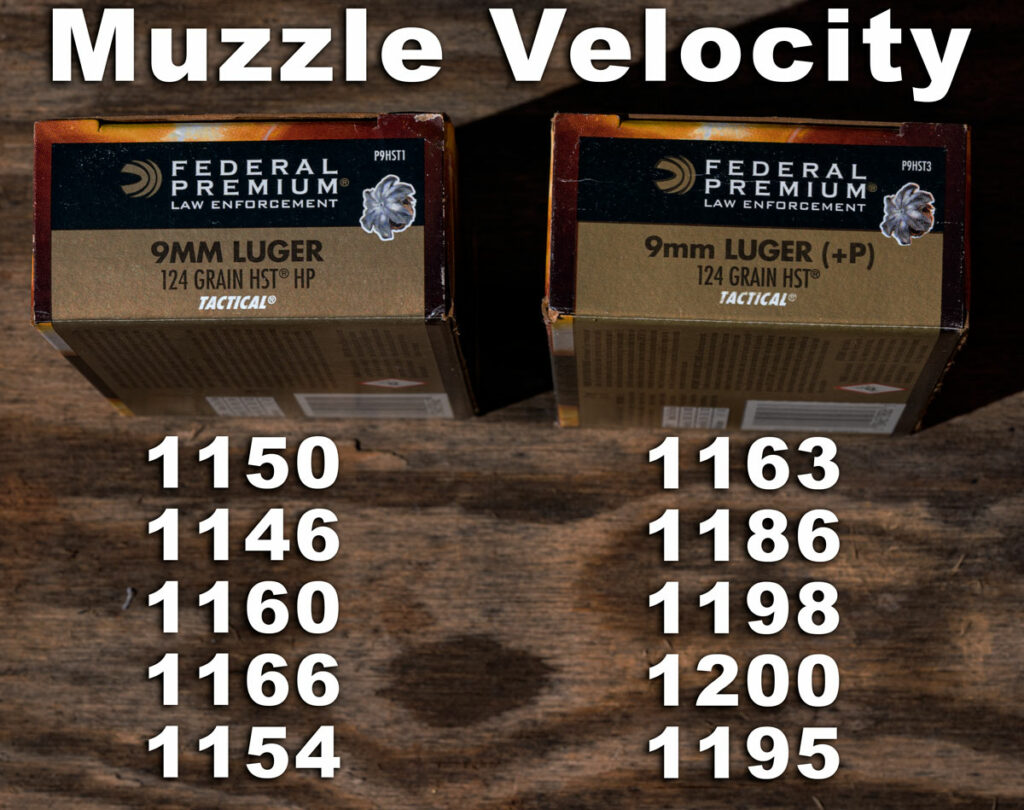
Measure muzzle velocity in feet per second of these Federal 9×19 HST loads.
How Much More Pressure?
Just how much more pressure a +P load generates depends on its caliber. Whereas a standard 9mm load generates approximately 35,000 pounds per square inch, SAAMI specs dictate that a +P round ought to generate 38,500 psi. That’s about a 10% boost in chamber pressure.
In that vein, a 45 ACP +P should deliver 9.5% more psi; a 38 Special +P, 9%.
Intuitively, a +P+ load generates an even greater chamber pressure; A 9mm +P+ can boost chamber pressure by 18%. There is no set rule for exactly how a +P+ round’s performance ought to differ from that of a traditional load. +P+ ammo is commonly implemented for defense against bears, where it utilizes a bullet that favors deeper penetration over expansion, such as a hard cast.
Common Confusion
Don’t mistake a +P cartridge with a magnum round. A magnum caliber is derived from a shorter, preexisting caliber. It has a longer casing that accommodates a heavier propellant charge.
The 357 Magnum, for example, is a longer round than its precursor, the 38 Special. That’s why why you can chamber 38 Special ammo in a 357 Magnum pistol but not vice versa.
A +P cartridge, on the other hand, shares identical physical dimensions with a standard one. Put a 9mm next to a 9mm +P. Their handstamps will be the only things that visually distinguish them from one another.
Don’t confuse a +P cartridge with a “proof round.” A proof round is exclusively used to test a newly manufactured firearm to determine whether it is defective or not. You would have to go out of your way to get proof rounds — breaking into Winchester after hours, for example — so don’t worry about accidentally loading one.

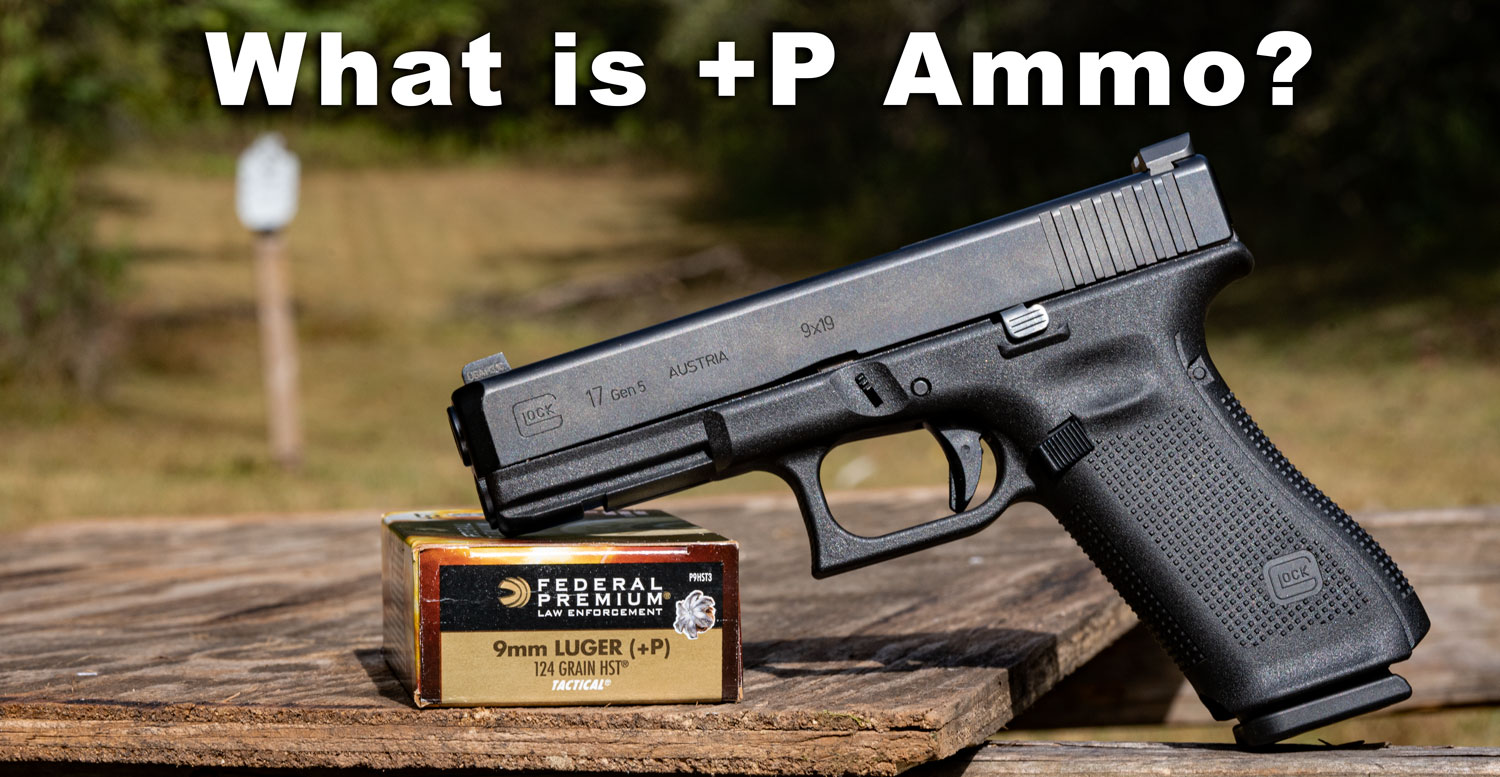
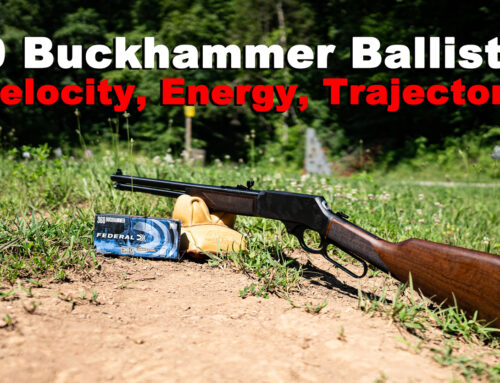
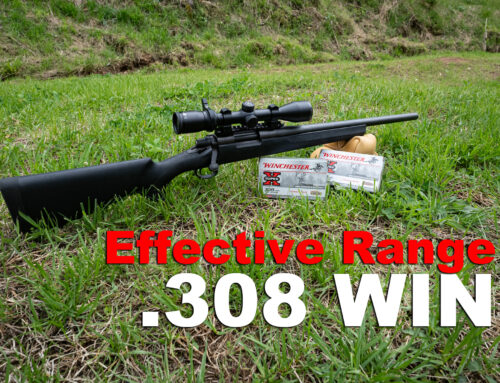
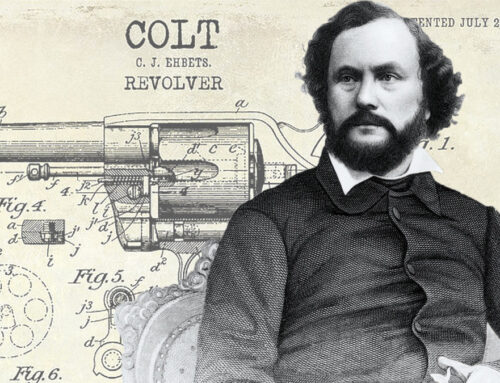
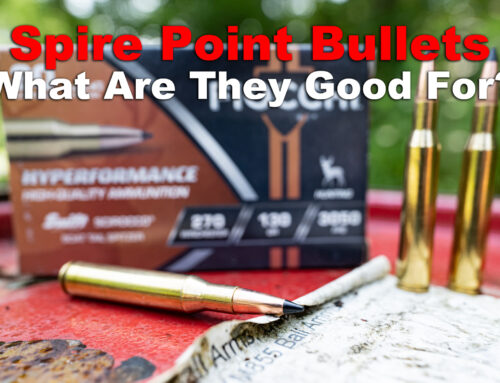
Leave A Comment